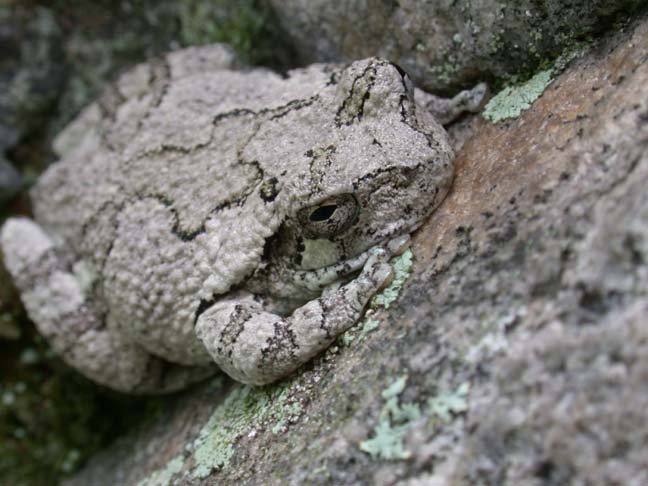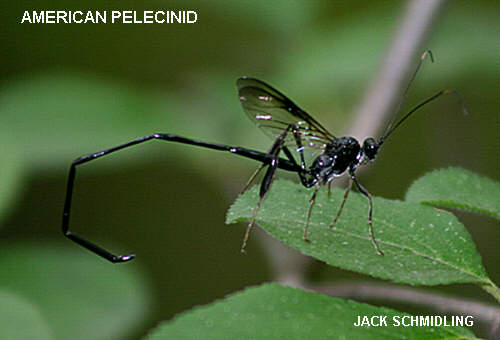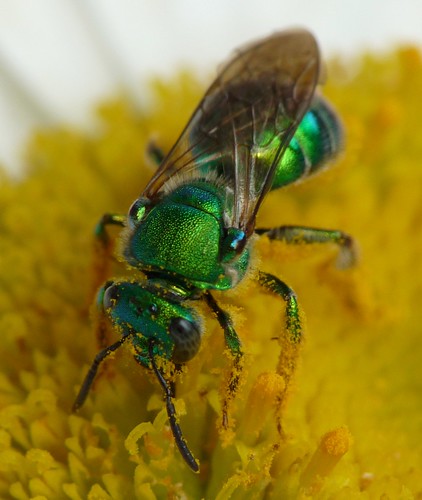Hello my hopefully reasonably cool readers,
The heat wave has certainly hit the Midwest with full force. Good lord. If it was just the heat, I think we would all be fine, but the killer is the blasted humidity. I seriously feel like I'm trying to walk through a viscous substance instead of just regular, old air. It's just too freaking hot to be outside exploring right now.
So I thought we would have a special heat wave edition of the blog today. The adaptations of the natural world are quite astounding when it comes to beating the heat. It all depends on what you are. Plants of course are going to protect themselves differently than animals will. So we will start out with a plant or two.
A favorite of mine (and I suspect many other people even though they don't know it) is the aloe plant. There are about 400 species of aloe that are currently known. It is a desert dwelling plant from Africa that has very fleshy leaves that hold most of the water. While this may set it up to be eaten by many herbivores hoping for a little "juice" to with their meal, the aloe has a defense of many spines running up both edges of its leaves.
Aloe is a popular plant to people because of its medicinal properties. It's used to make aloe vera, which does a very good job of soothing sunburns and bug bites. There are also cases of it being used as a powerful laxative. Not the way most people would imagine (or want!) it used, but it shows the what the plant is capable of giving us.
The liquid inside a broken leaf. It heals quite quickly to save water loss.
While the lovely green product you may use comes in a tube, if you have an aloe plant at home, you can actually just break off the tip of a leaf and spread the fluid that comes out on a bug bite or small sunburn and it will do quite a bit to get the itching, burning feeling to stop.
The aloe plant is able to hold so much moisture in because of the way the leaves are set up. The walls of the cells are much thinker than in normal plants because of the dire need to conserve water. Each leaf is completely smooth to reduce the surface area and decrease the areas where water can be lost. And while the aloe takes in sunlight during the day, it doesn't actually use the sunlight to make sugar until the night falls and it is able to open its stomata. This is a fairly common way for plants in a xeric environment to conserve water but still get the energy they need.
As for a couple well-adapted warm weather animals, I want to introduce a couple that really are not as well known.
A personal favorite of mine is the darkling beetle,
Eleodes sp. It is a rather common beetle in all ecosystems around the world, but the desert dwelling species are very specially adapted for life in the desert.
Darkling beetle I found when I visited Utah in summer of 2010
Darkling beetles have a very unique way of obtaining water, depending on where they live. Most actually don't drink anything; they just extract the water from what they eat. But there are certain species that will take in what water they can from fog that blows in over the sand dunes. They stand with their backs to the incoming fog. As the breeze blows the fog over them, they angle their abdomens upward so that the water droplets hit the abdomen and flow down to the beetles mouth. This is made possible because the beetle's wings are fused together (to prevent water loss) and it allows the water to easily run across the exoskeleton to the mouth. A very good adaptation to a very harsh lifestyle.
Another favorite of mine is the Harris hawk,
Parabuteo unicinctus. It's different than normal hawks because it hunts in small groups. This is extremely uncommon behavior in the raptor world. They do this because it increases the chance of a successful kill to feed the group.
A Harris hawk perched in a tree
I actually got to have the honor to see these magnificent birds fly together when I was in Arizona. It was grand to watch. They used communication as well as just watching each other to hunt down and capture the prey. The best thing about the demonstration the park did with them was that they didn't just release an animal for the hawks to hunt. They actually let the hawks go out and hunt by themselves. It took them about 10 minutes, but they eventually came back, one carrying a jackrabbit they had found.
Another reason they hunt in groups like that is because they have more eyes to the ground and can work together to flush prey out. There really is very little that can scare a small animal like the shadow of a hawk shooting across the ground. By having one member of the group scare the prey out, that gives the others a chance to swoop down and grab it. It works quite well and gives them a distinct advantage for survival in the harsh desert.
Stay cool everyone,
Bug



















